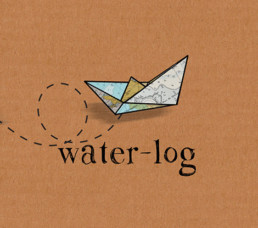It is 3:30am and we are both awake. There are storms coming in from Florida and there have been warnings of them all week as a cold front stretches from Miami all the way to North East Honduras. There is talk of 40knot winds, high seas, heavy rain, tornadoes and that always comforting phrase ‘deadly cloud to surface lightning strikes’.
Granted, not all of it is meant to be heading this way but the front seems to be coming to us sooner than expected. We are at anchor, on a tiny dot of an island, Cayo Zaza de Fuera, which has no inhabitants other than strange jellyfish, parrots and pelicans. Our only human company is the crew of fisherman on a few, small rusted boats that anchored here too.
We were sound asleep and were woken by the wild strobe lighting coming through every hatch. So we sit in the cockpit, our handheld VHF radio safely in the oven, counting seconds between flashes and thunder. The lightning seems to be coming from every direction, in big, sky-spanning flashes and also forks that reach down to the water. Yet there is hardly any wind yet and no heavy rain. The night is all the more spooky for the thick clouds obscuring most of the stars. It’s strangely beautiful though, the sky suddenly blindingly bright, the trees and fishing boats lit up in flashes, the birds calling nervously to one another – even the fish seem to be leaping to the surface to find out what is going on. We both silently alter our plans to leave for Casilda in the morning – a 35 mile passage through reef channels in seas whipped up by a night full of storms and howling wind does not sound like fun.
Fortunately for us, we’re not any of those unlucky few caught out on the ocean; we are anchored safely, in a sheltered lagoon, in water so shallow that we won’t even have issues with swell. We take one last glance at the top of the mast, easily the tallest thing for miles around, and go back to bed.
